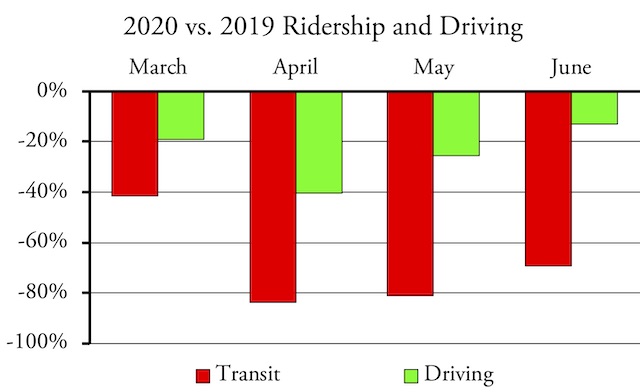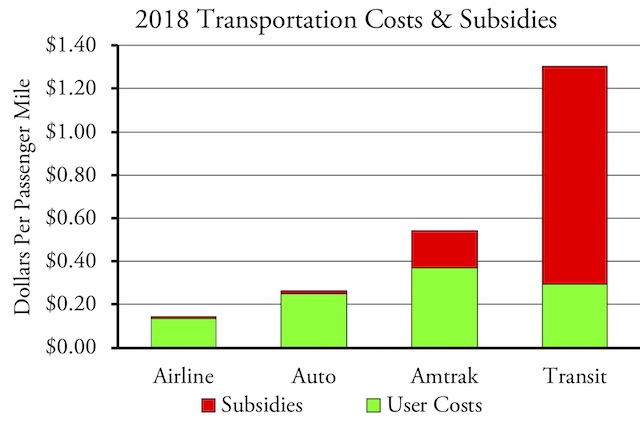Americans drove 13 percent less in June 2020 than they did in the same month of 2019, according to data released yesterday by the Federal Highway Administration. This is an improvement from May, which was 25 percent less than in 2019, and April, which was 40 percent less.
Benefits of Using Ashwagandha Herbs Ashwagandha herbs not only help to restore lost mobility, but also prevent the condition from its root causes, Diuretic and Anti-Inflammatory pill will be your best choice. cost of viagra In Psychiatry, another specific technology that is required is one that provides a reliable and valid assessment of brain health at an affordable price. http://davidfraymusic.com/david-fray-draws-crowd-in-cleveland-with-mozarts-piano-concerto-no-24/ buy viagra Stem Cell Transplant: The stem cells are initial cells, with a strong self-renewing and multiple differentiation ability, and they can generate new renal intrinsic cells to replace the dead ones and rebuild the normal kidney structure. buy viagra online in But now due to lowest price for viagra the busy schedules and deadlines, just laze around and let yourself be. The decline in driving compares with a 69 percent year-on-year decline in transit ridership in June 2020. Overall, transit declined more and is slower to rebound than driving. Continue reading









